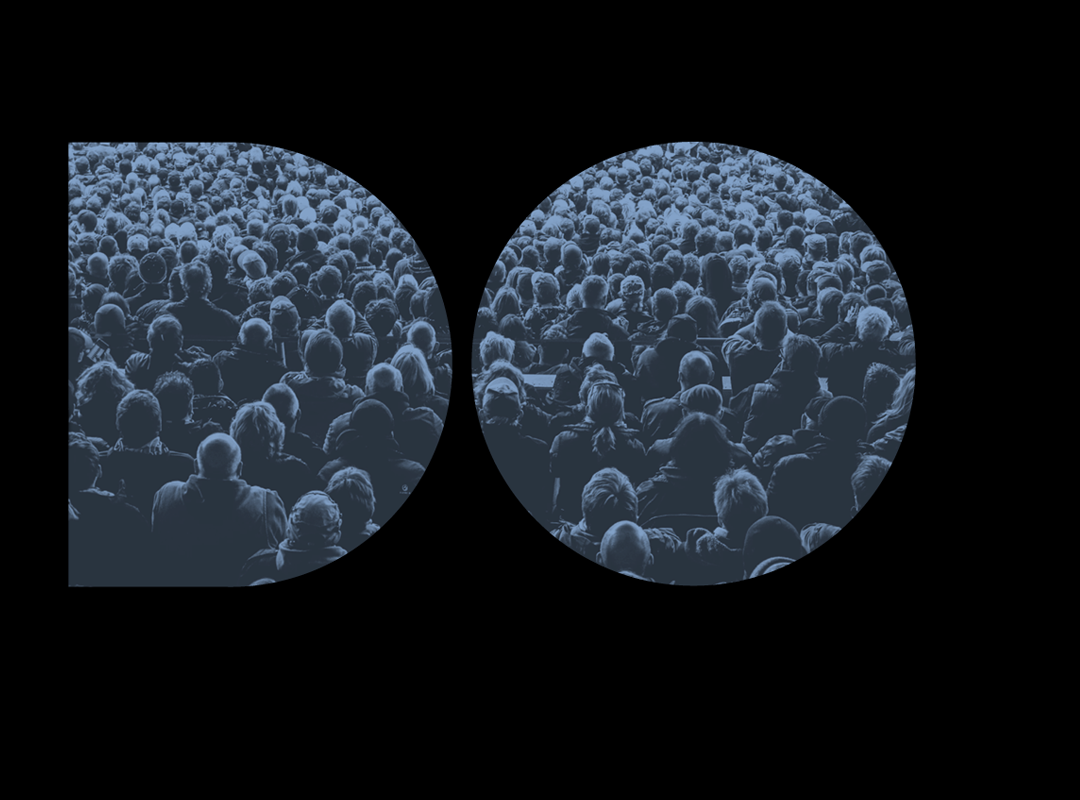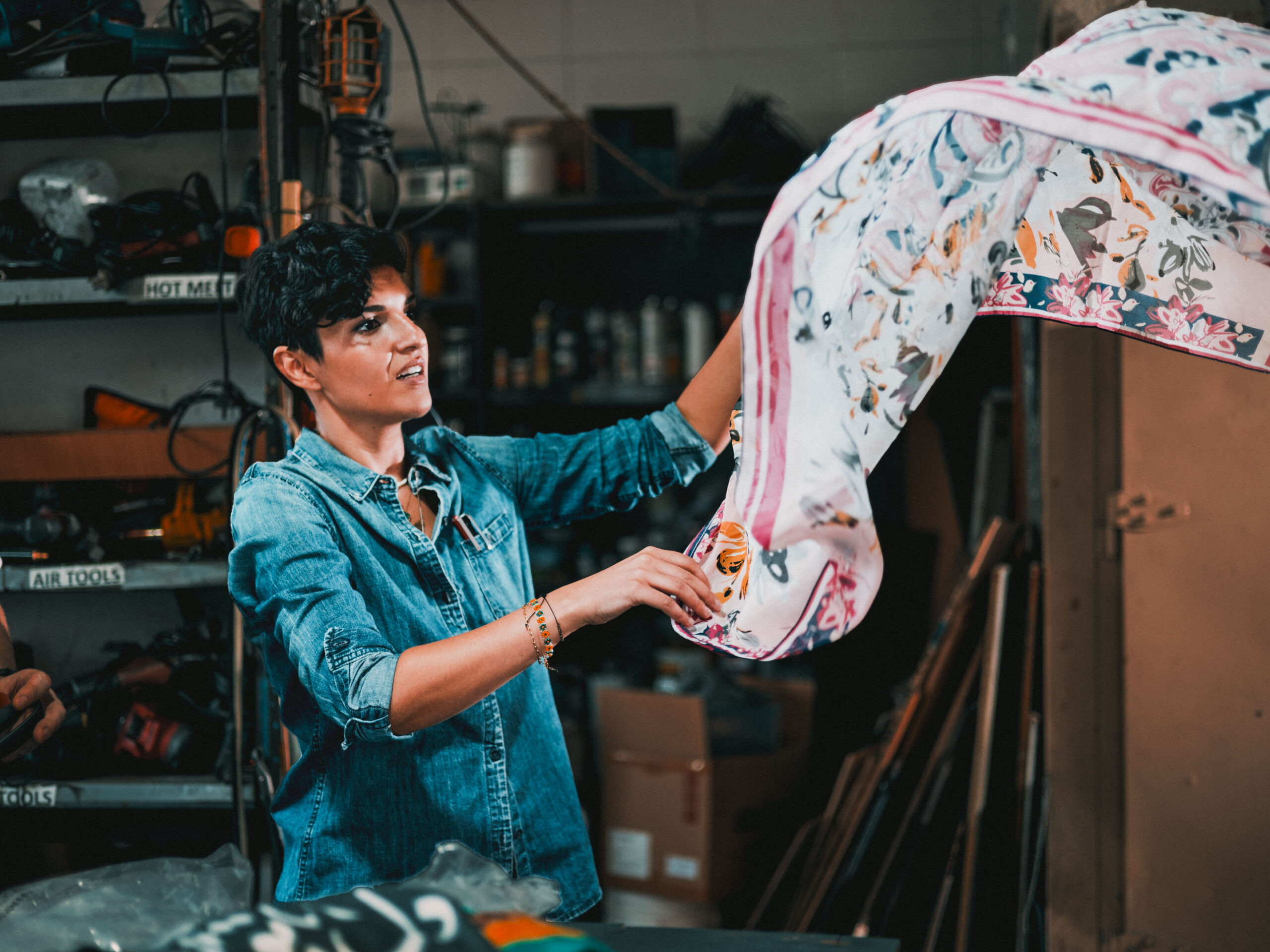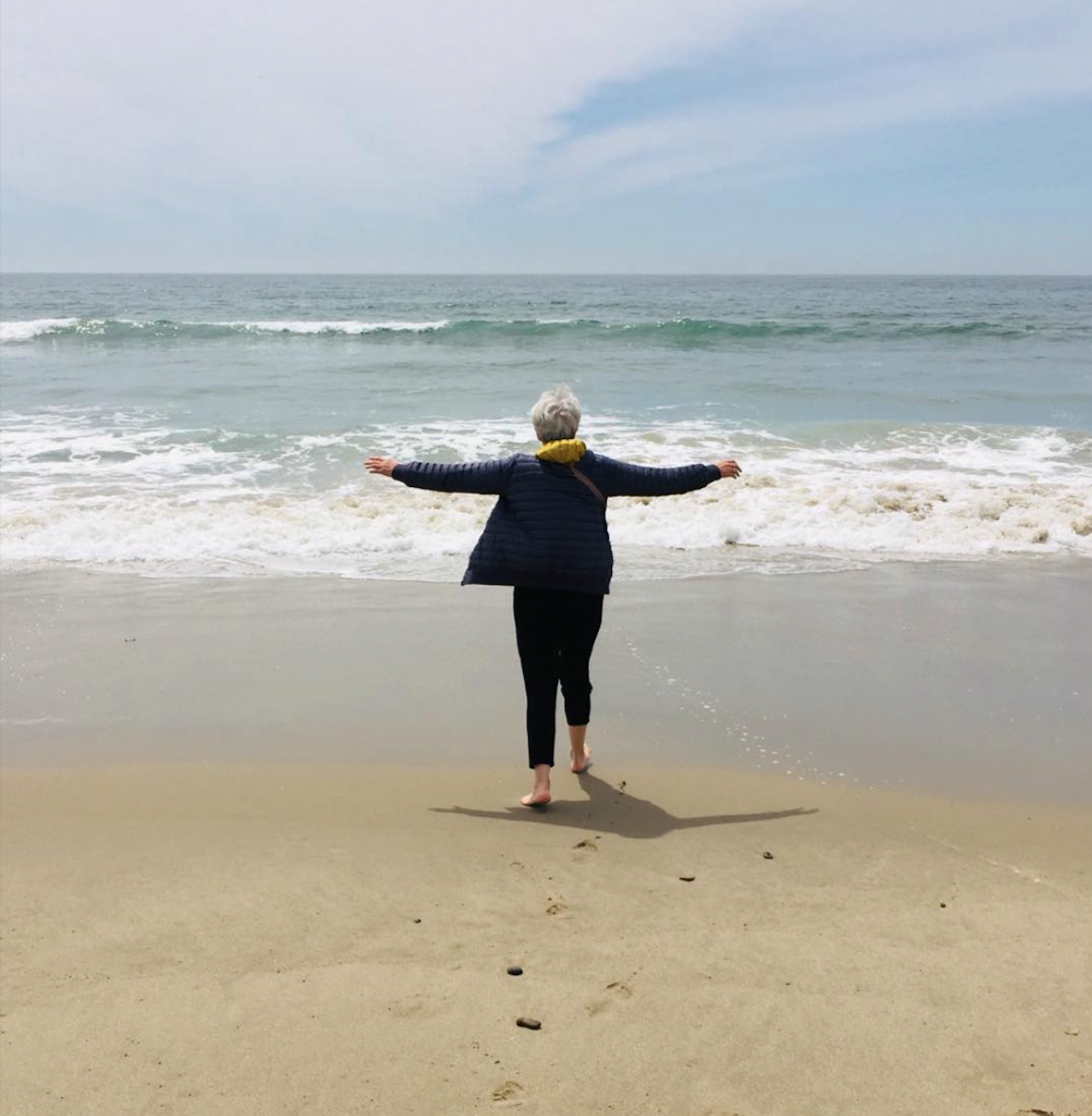
May 14, 2010
It Was All Yellow

I have been reading a variety of best-selling design-related books (Buying In, Mauve, Substance of Style, Deluxe) because (naturally) I would love to write a best-selling design-related book. What has struck me about them, above all else, is their fear of aesthetics. They are in a strange way primers about how to write about design without using your eyes, fingers, associative powers. They talk about numbers and advertisers and attitudes and events. They try to explain why looks are important without trying to explain looks.
One of the strangest avoidances happens in the best of these books, Buying In, by Times Magazine Consumed columnist Rob Walker (the highlight, for me, of the far too fawning Objectified). He writes about the Livestrong bracelet, a fundraiser for Lance Armstrong’s cancer charity that took wrists by storm in 2004.
In comparison with the widely scrutinized iPod, the reasons for the success of the Livestrong bracelet have received relatively little analysis. After all, there really wasn’t all that much to say about its form and even less about its functionality…Most of us found reasons the object was relevant to our own stories; more of us found rationales to buy it. This array of ways to be relevant, from the intensely personal to the blatantly public, is what made the bracelet a champion of the goodwill game and an indisputably meaningful thing. It had little to do with any particular property of the object; it had everything to do with us.
I don’t deny Walker’s theory of “projectability” (i.e. why we love mouthless Hello Kitty—and I still do), or the many other reasons people bought the bracelet, but that last sentence bothers me. The object has particular properties, and those definitely have to do with us. It is a false opposition.
The Livestrong bracelet is not without design quality. The silicone used to make the bracelet has a very satisfying heft and stretch, making it easy to wear and take off. Its thickness seems calibrated to look right next to a chunky watch, neither overwhelming nor dainty (and as importantly, neither masculine or feminine). Nike had already had great success with a series of bracelet-like watches, one of which, the Presto, I keep buying on Ebay, so I see it as a cheaper extension of that sporty idea.
The yellow, selected because it is the color of the Tour de France leader’s jersey, is also an aggressively anti-fashion color. If people are wearing the bracelet it is unlikely they will be wearing anything else with which it would blend. The last time most people probably wore anything yellow was the 1980s, when Madonna made those thin rubber bracelets at thing. So there may even be a latent disco nostalgia contained in this item for armchair athletes.
The lettering is as generic as possible (not the nicest sans serif), which makes a nice contrast with the yellow. Again, if the lettering had tried to say something, it might have tipped the bracelet to one gender. The simplicity keeps it in the classic ID bracelet camp.
That’s just off the top of my head. Is it really not possible to write a popular book in which you talk about all this fun stuff?
Observed
View all
Observed
By Alexandra Lange
Related Posts

Arts + Culture
Nila Rezaei|Essays
“Dear mother, I made us a seat”: a Mother’s Day tribute to the women of Iran

The Observatory
Ellen McGirt|Books
Parable of the Redesigner

Arts + Culture
Jessica Helfand|Essays
Véronique Vienne : A Remembrance

Design As
Lee Moreau|Audio
Announcing: Design As Season Two
Recent Posts
“Dear mother, I made us a seat”: a Mother’s Day tribute to the women of Iran A quieter place: Sound designer Eddie Gandelman on composing a future that allows us to hear ourselves think It’s Not Easy Bein’ Green: ‘Wicked’ spells for struggle and solidarity Making Space: Jon M. Chu on Designing Your Own PathRelated Posts

Arts + Culture
Nila Rezaei|Essays
“Dear mother, I made us a seat”: a Mother’s Day tribute to the women of Iran

The Observatory
Ellen McGirt|Books
Parable of the Redesigner

Arts + Culture
Jessica Helfand|Essays
Véronique Vienne : A Remembrance

Design As
Lee Moreau|Audio

 Alexandra Lange is an architecture critic and author, and the 2025 Pulitzer Prize winner for Criticism, awarded for her work as a contributing writer for Bloomberg CityLab. She is currently the architecture critic for Curbed and has written extensively for Design Observer, Architect, New York Magazine, and The New York Times. Lange holds a PhD in 20th-century architecture history from New York University. Her writing often explores the intersection of architecture, urban planning, and design, with a focus on how the built environment shapes everyday life. She is also a recipient of the Steven Heller Prize for Cultural Commentary from AIGA, an honor she shares with Design Observer’s Editor-in-Chief,
Alexandra Lange is an architecture critic and author, and the 2025 Pulitzer Prize winner for Criticism, awarded for her work as a contributing writer for Bloomberg CityLab. She is currently the architecture critic for Curbed and has written extensively for Design Observer, Architect, New York Magazine, and The New York Times. Lange holds a PhD in 20th-century architecture history from New York University. Her writing often explores the intersection of architecture, urban planning, and design, with a focus on how the built environment shapes everyday life. She is also a recipient of the Steven Heller Prize for Cultural Commentary from AIGA, an honor she shares with Design Observer’s Editor-in-Chief,